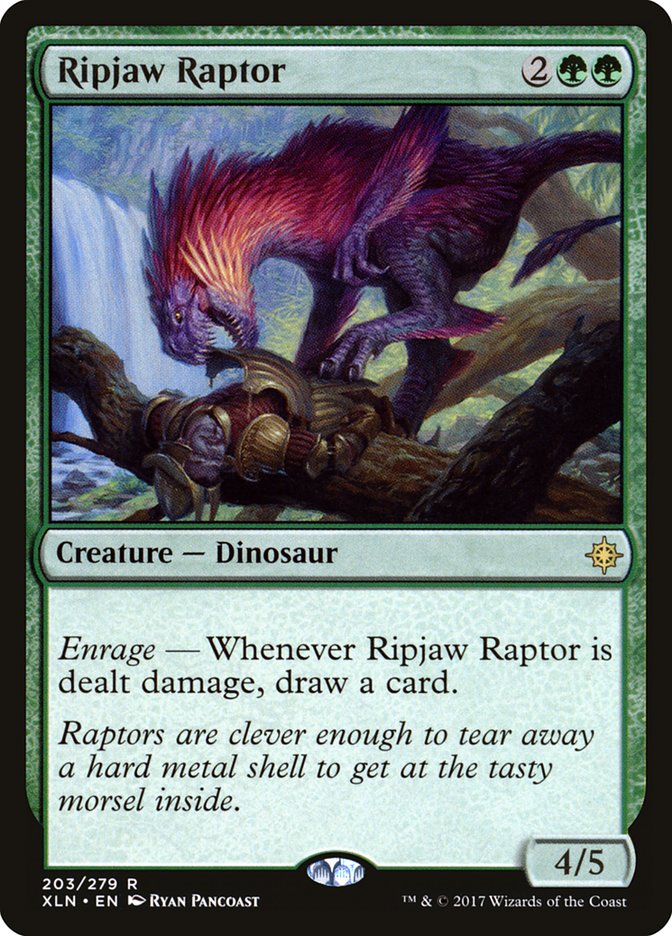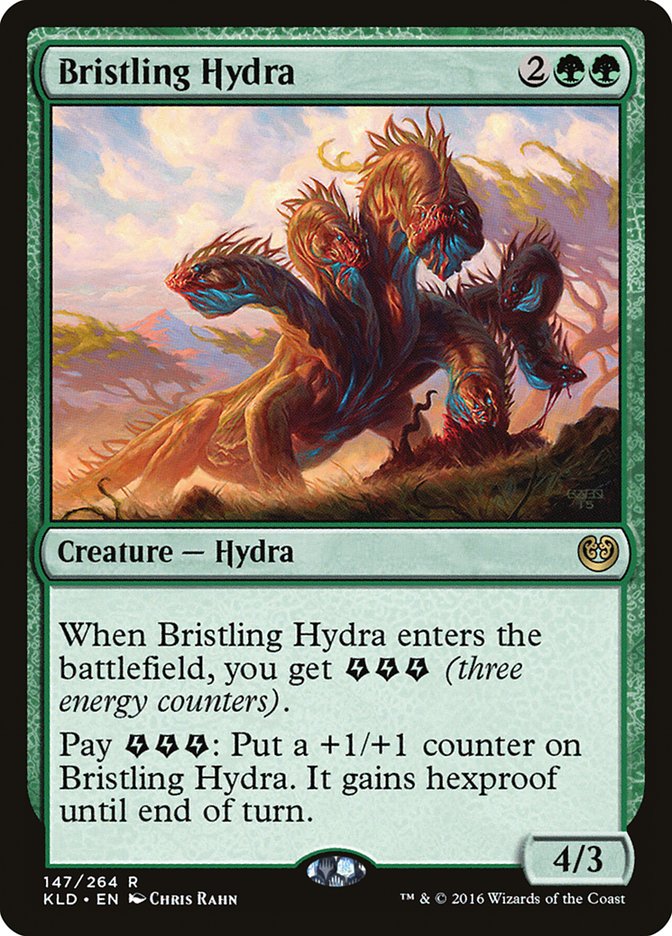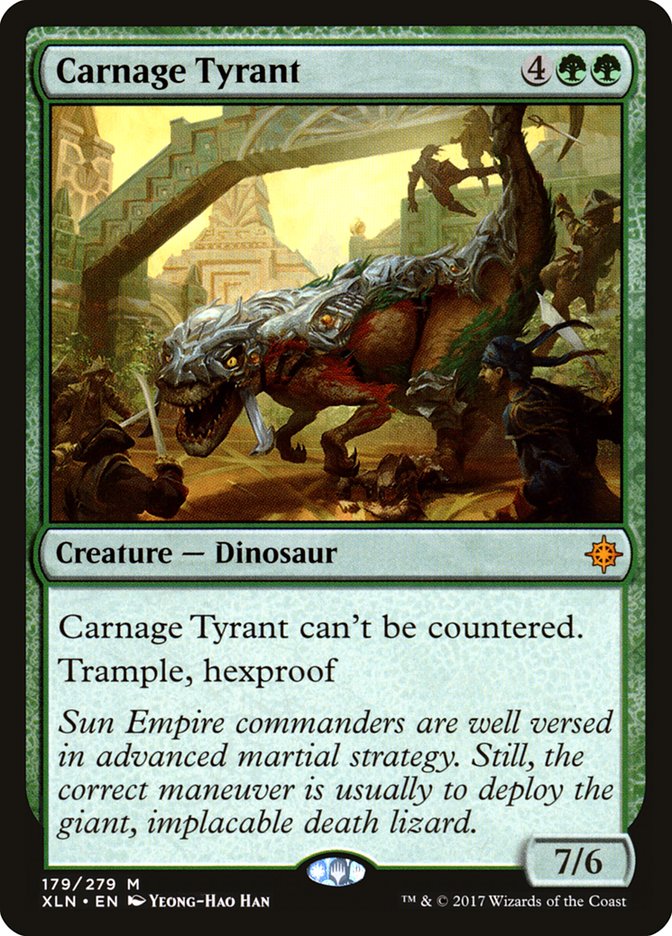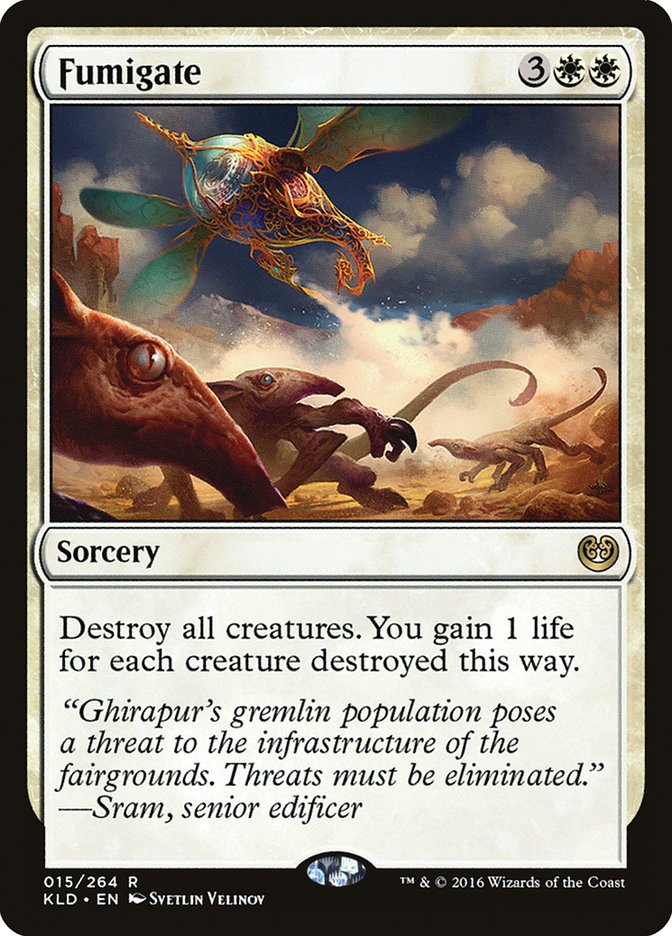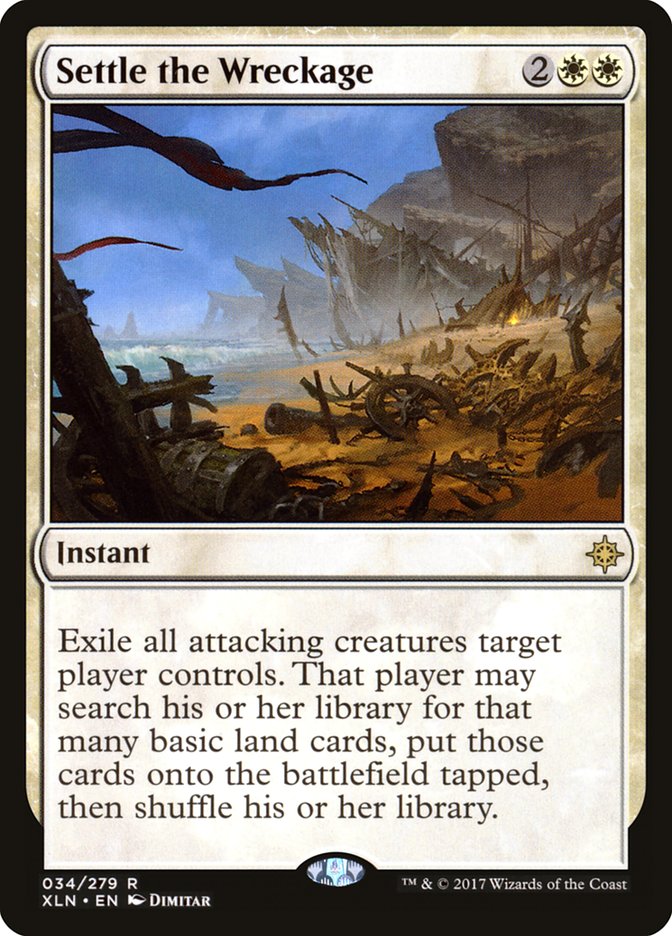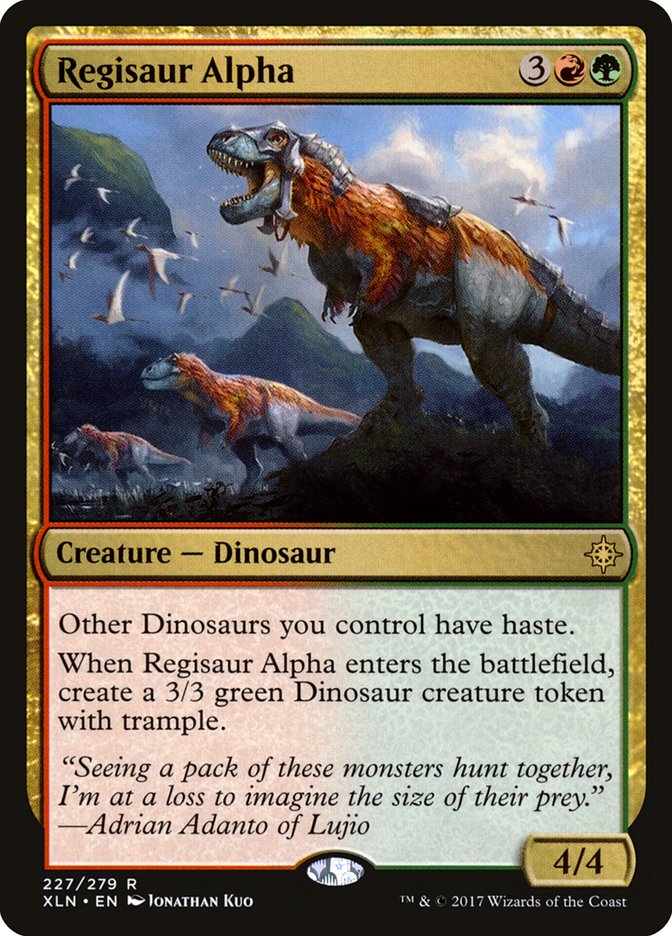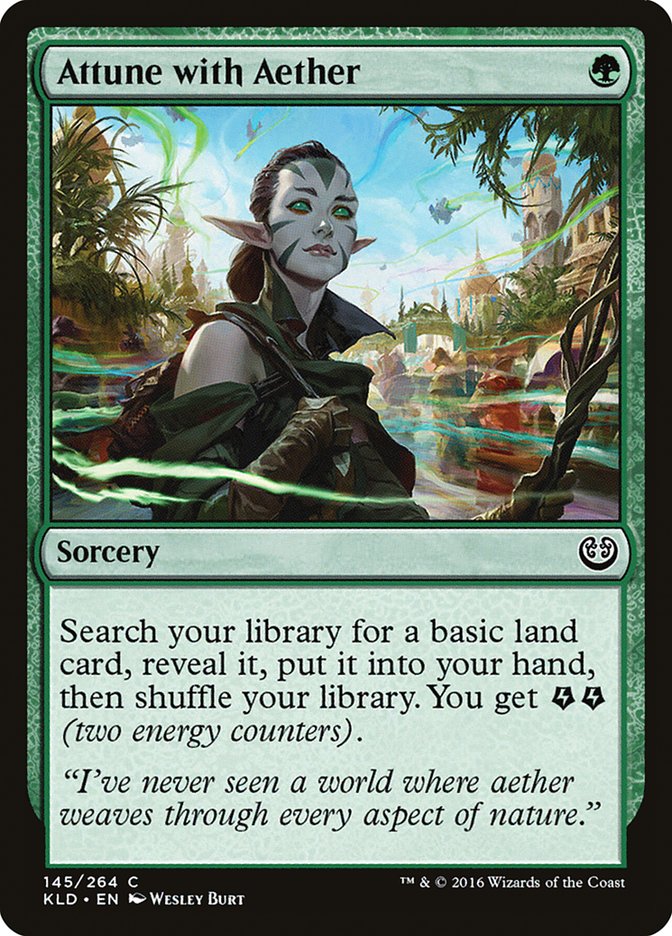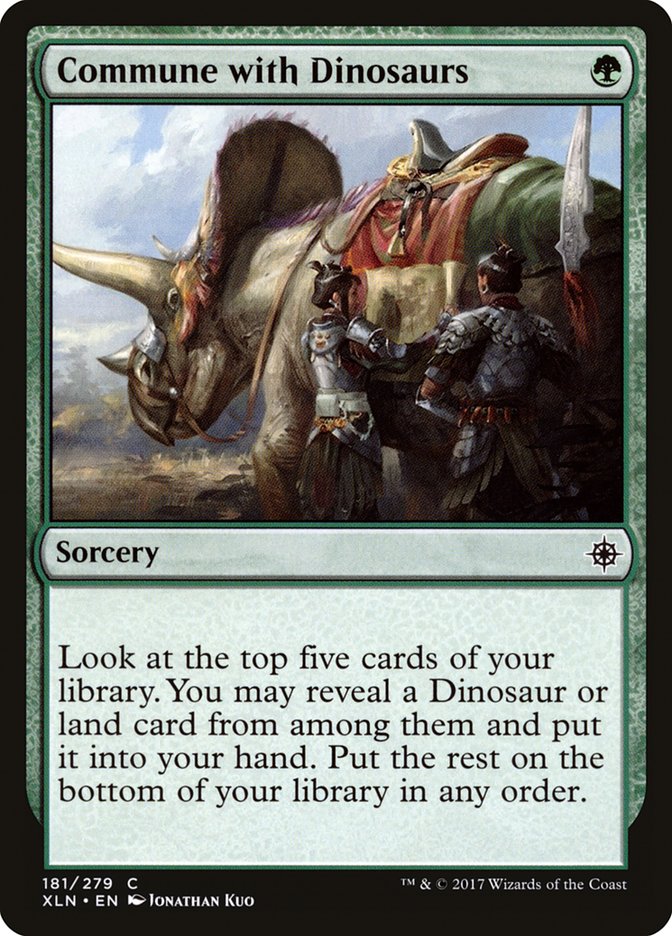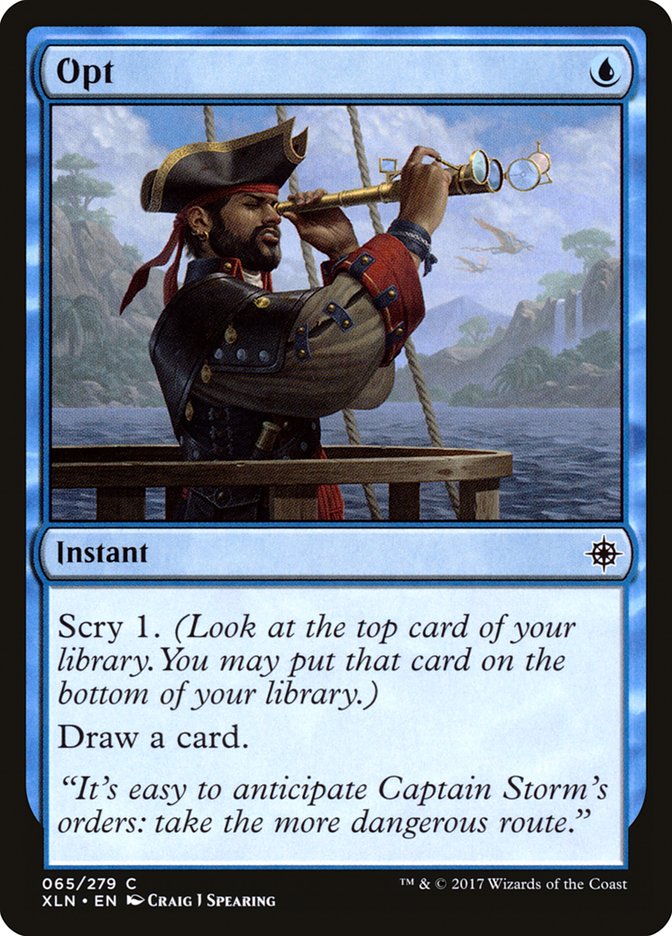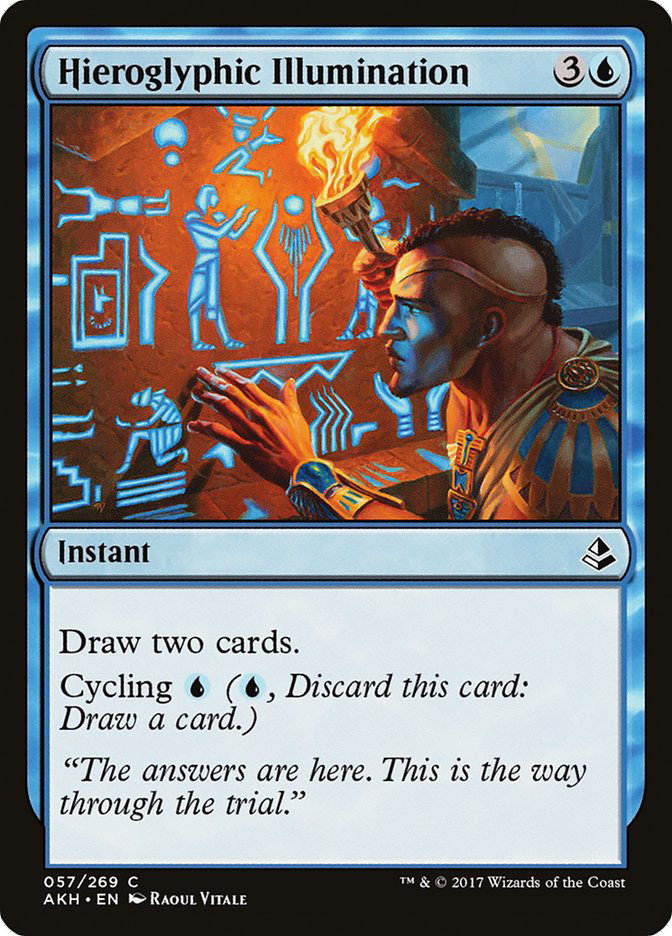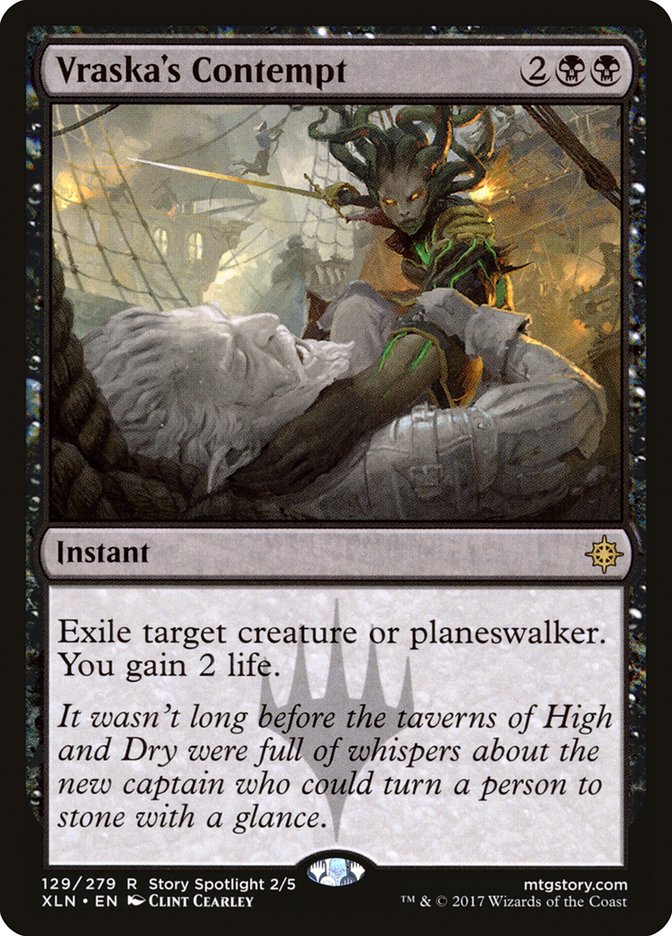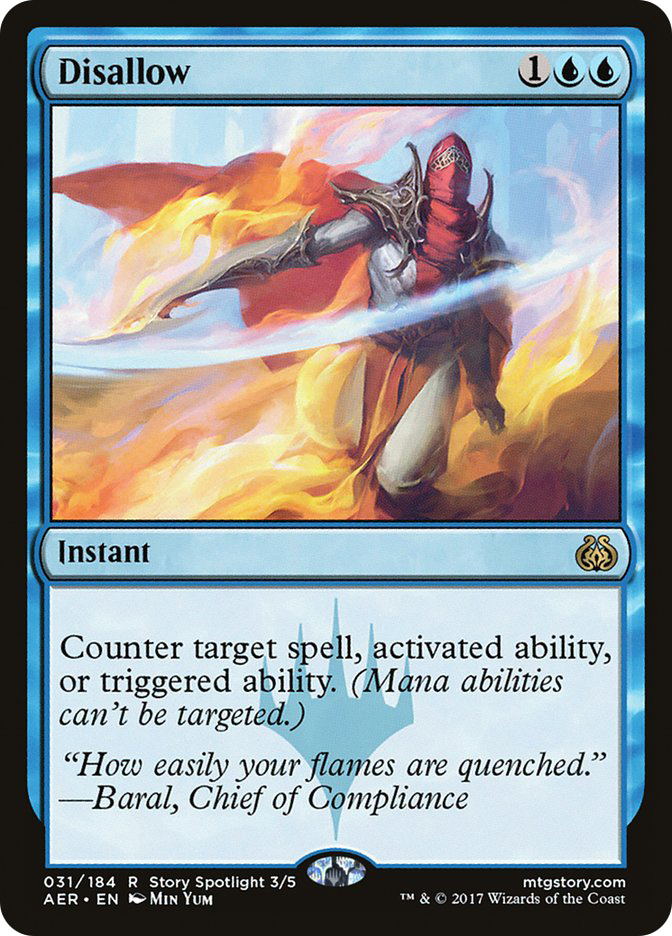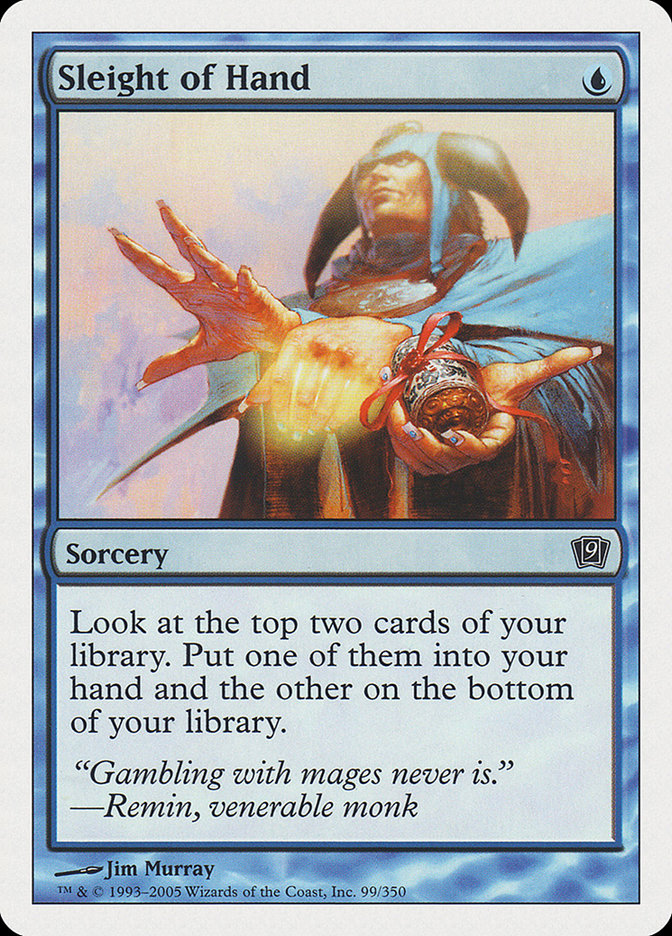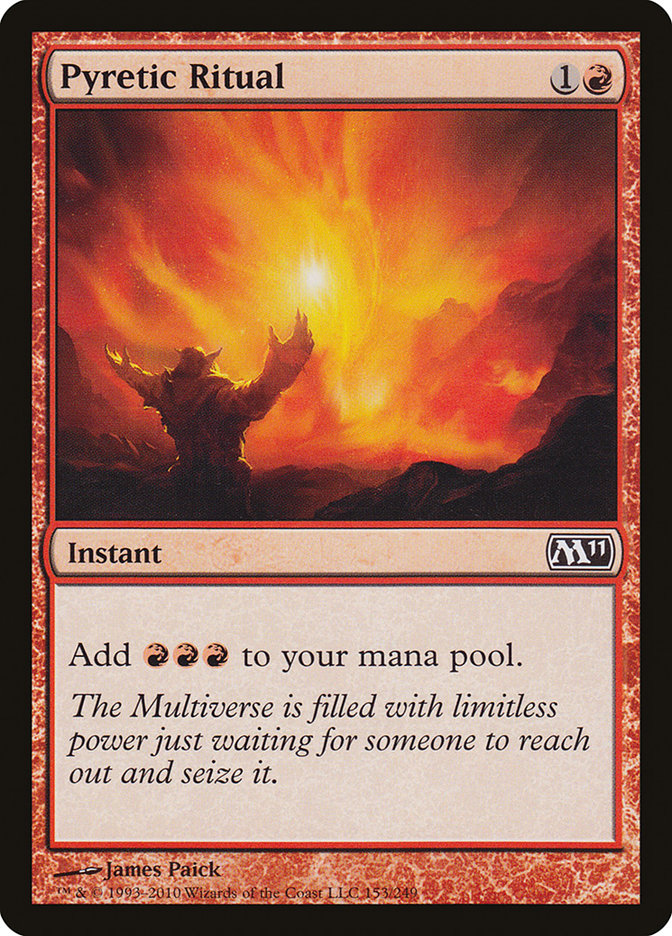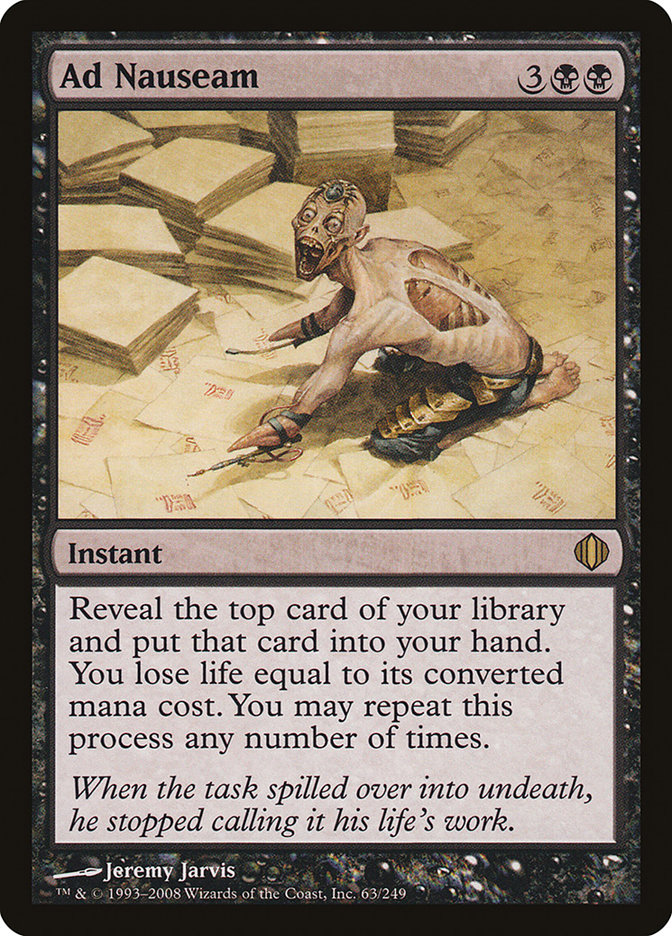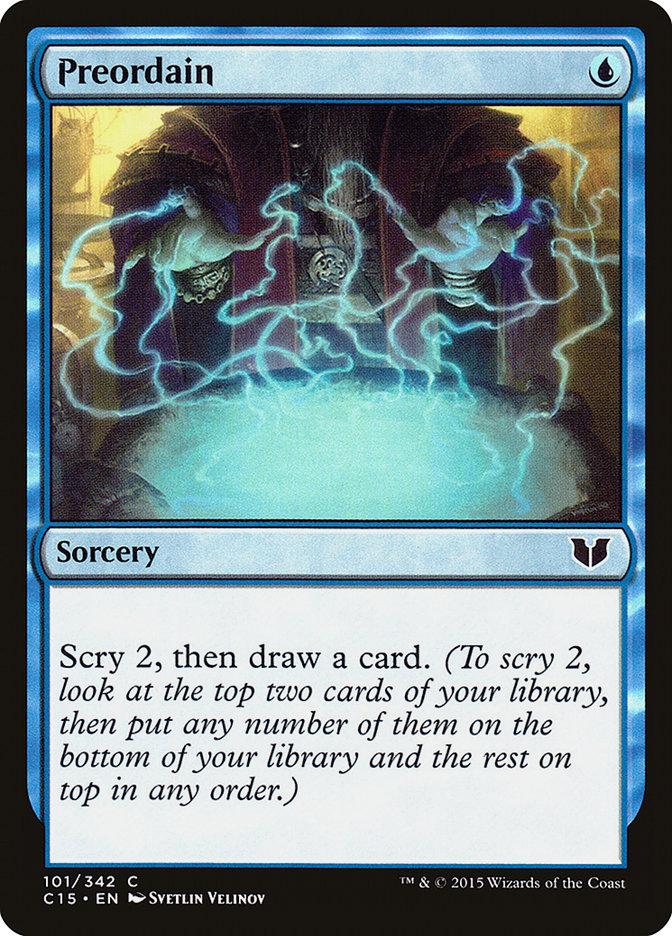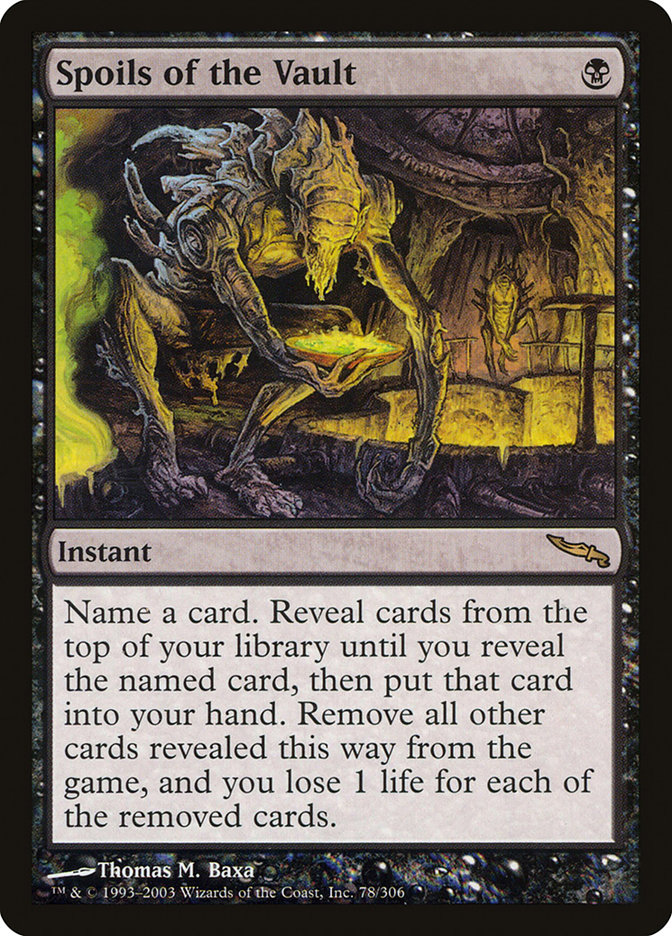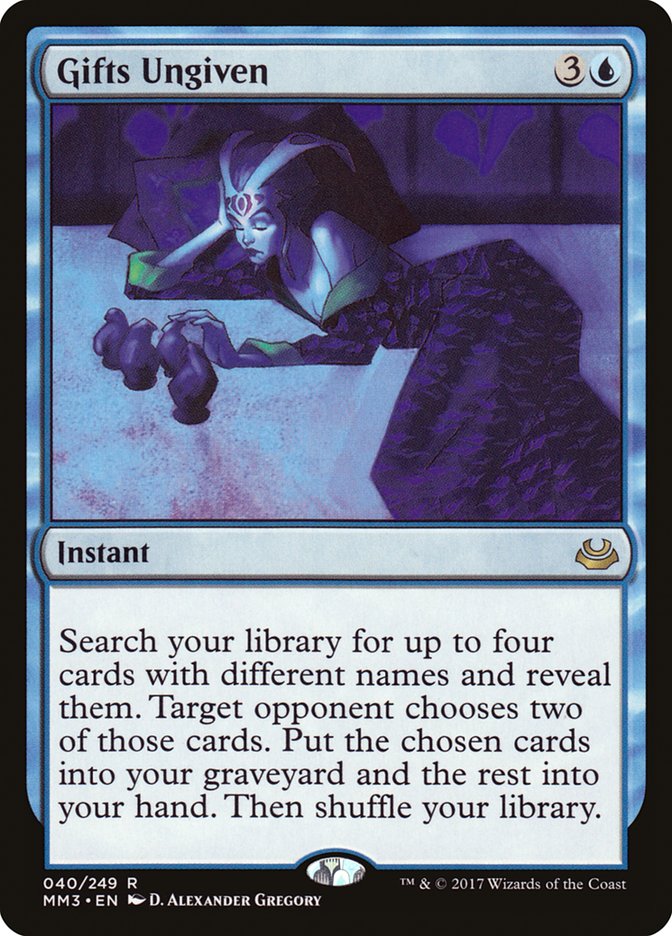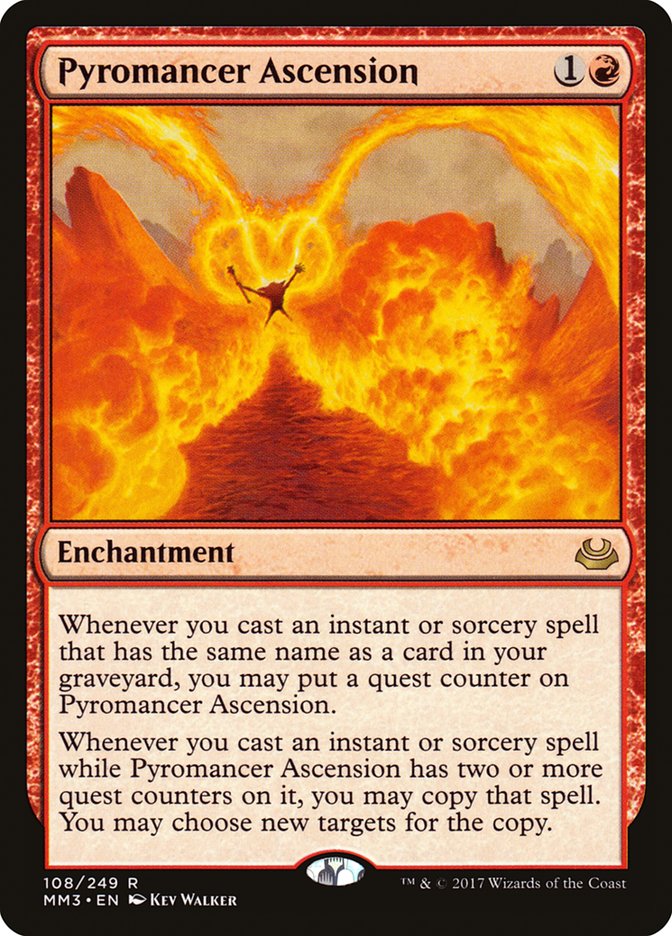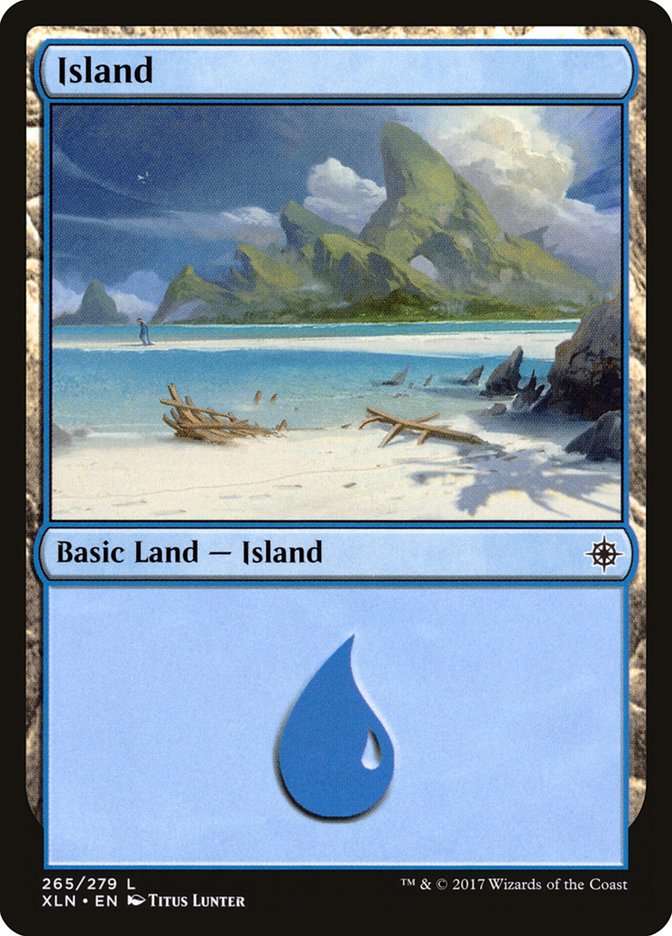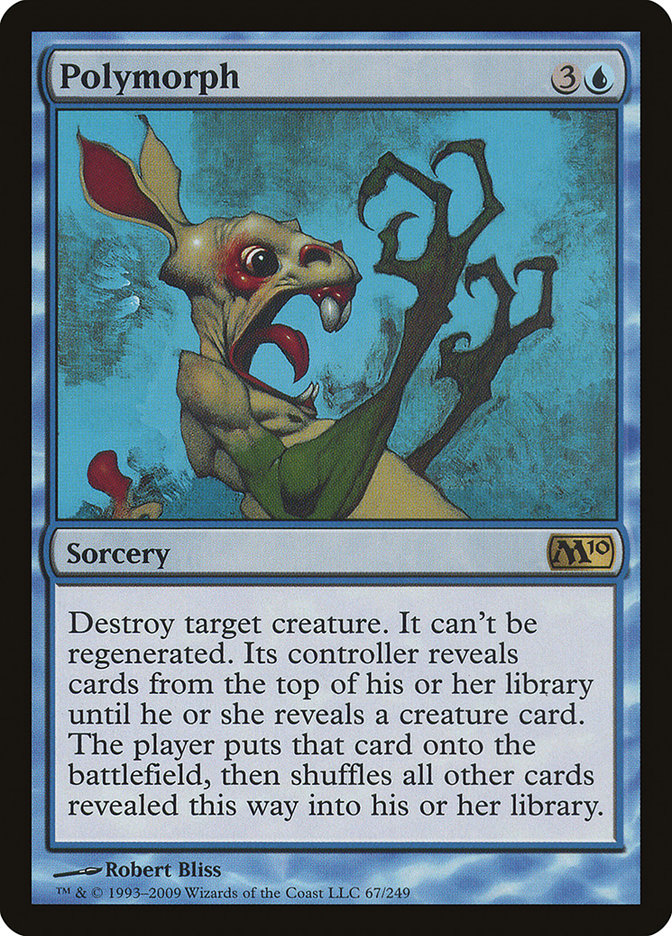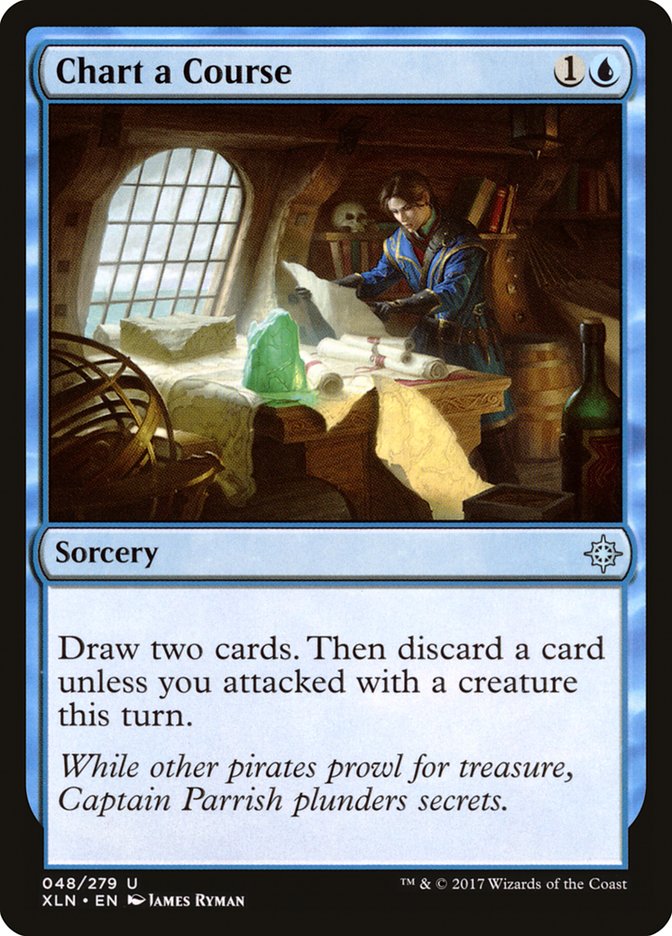
Nobody is perfect.
The Magic community has a long and well-documented history of this. When it comes to new card evaluation, this track record is almost laughable. When it comes to a set right after rotation…
Woah this card is good. https://t.co/jTTwwDTgqc
— Ari Lax (@armlx) September 5, 2017
What we can do is learn from why various hyped cards failed and apply it to future releases.
Ranked on many people’s early lists as the most important card in the set, Ripjaw Raptor has failed to make an impact. There was that one day where all the Magic Online lists were Dinosaur variants, but that was about it.
What happened?
Hexproof is too darn good. Why play a 4/5 that might draw a card when it dies if you can play a four-drop that instead doesn’t die and kills them? Who cares about chump blockers if they just die to your 7/6 trampler? Honestly, just taking a hit for four isn’t that threatening. It also doesn’t help that the most likely way for your opponent to block down something larger is The Scarab God or its tokens, and if that card gets going, throwing away your creatures is the last ditch effort before conceding.
Aside: The design and development of The Scarab God reminds me a lot of Deathrite Shaman and Jace, the Mind Sculptor. It just has…text. And more text. And more text. Because at some point it was decided it should have this template. Why does the drain scry? Why is the reanimate instant? Why is it both graveyards? Why is it 5/5? Who knows. Just, good luck when they cast it.
Hexproof also indirectly punishes Ripjaw Raptor by promoting removal that is good against it. You can’t Abrade or Harnessed Lightning a Bristling Hydra. You need sweepers like Fumigate, which we now see popping up outside of “control decks” in Abzan Tokens and even Conley Woods Twitter brews. Maybe Ripjaw Raptor would be tanking Sweltering Suns and Hour of Devastation in a different world, but I’ve seen way too many nine-energy Bristling Hydras to consider even trying to answer that one this way, let alone the natural 7/6.
Oh yeah, Hostage Taker. That’s why hexproof is good.
Remember all the stuff said about Reflector Mage when it was banned? How it pushed people towards just not playing creatures? Hostage Taker has a few extra hoops, but it plays a similar role.
Take it from me: just because it is a four-mana 4/5, Ripjaw Raptor is no Siege Rhino. There’s no immediate payoff, no accelerated clock, and even with those, Siege Rhinos still had failings that Ripjaw Raptor shares.
Regisaur Alpha, on the other hand, does everything Ripjaw Raptor doesn’t. Immediate value, immediate clock, and even acts as a solo threat against sweepers.
Where has it gone?
Glorybringer is good, but an unconvincing argument. Sometimes it is better, and sometimes Regisaur Alpha is. It might just be inertia at this point.
So far a big point against Regisaur Alpha has been The Scarab God. Most of the G/R decks are also playing U/B, and I will in this case say The Scarab God is a better card than Regisaur Alpha. If you don’t agree, I suggest you read Appendix B of its text box where yet another absurd ability pops out of nowhere. Did you know that at Competitive REL, The Scarab God’s death trigger is basically impossible to miss? Or, more accurately, it’s a zone change similar to Obzedat, Ghost Council where if you realize later you missed it the trigger just goes on the stack the next end step?
Why?
Why?
Okay, so decks incidentally playing full on Glint-Eye Nephilim colors side, what is stopping Regisaur Alpha from existing in other color combinations?
I think the real issue is that G/R has real fundamental issues as a color pair, largely related to being unable to manage cards like The Scarab God and Hazoret the Fervent. Unlike the Gideon, Ally of Zendikar issues of last year, there are actually options to kill these Gods…just not in G/R. Struggle // Survive handles one of them, but is inefficient at best. Hazoret? Forget about it.
You can splash a color for exiling answers, but at that point you are either A) Naya and don’t get any access the awesome Negate / Duress / Spell Pierce set to crush combo and control, or B) playing blue or black, at which point playing The Scarab God is only a step away.
Part of this step is that Commune with Dinosaurs is not really the same thing as Attune with Aether or Traverse the Ulvenwald. Those cards offer(ed) sure color fixing. Commune is still just randomness on that front. In a limited card pool like five-set Standard, having sure access to more colors is huge. There are fewer multicolor lands to make your mana baseline work and fewer effects that do what you want in each color. Attune with Aether does significantly more work in the “can cast your spells” department than the other option that can easily miss the color you are looking for or sometimes miss land altogether.
This means that there aren’t really hard Dinosaur payoffs to Regisaur Alpha, aside from the alley-oop to Carnage Tyrant, so two major parts of the card text are mostly erased (Dinosaur type and “other Dinosaurs” beyond the token). Again, the card is still good, but it is certainly not living up to its full potential.
It’s very possible no single card in Ixalan had the same universal hype as Opt. Not only was it the first good one-mana selective cantrip since Preordain half a decade ago, but it was new to Modern.
Of the World Championship control lists, only one played Opt. As of the time I’m writing this, it is 1-3. That might have to do with some of the other card choices or the fact the person playing it didn’t test Standard until Wednesday, but the fact everyone else tested and played zero means something.
Maybe the answer lies in cycling. Specifically, the deck already has enough early ability to replace spells with random potential lands that it just wants the cantrip that better sets up Torrential Gearhulk.
It also may lie in answer costing. When Preordain was legal, it was an era of Mana Leak and Doom Blade. Tacking a mana or two onto your answers in exchange for a little extra power cuts into your margins. Your Opt-plus-answer window is now pushed out to Turn 5 instead of Turn 3, making it harder to cast Opt early enough to keep things flowing.
Modern is a bit more interesting. Opt is showing up in decks, but it hasn’t shifted things in a major way. Why?
One reason is Modern is often very slow to hit a breakthrough. Opt being out for two weeks means very little. When a big break hits, things change quickly, but the next breakthrough takes just as long to find. See: Jund Death’s Shadow taking a month to break out post-Gitaxian Probe banning despite literally already existing, Grixis Death’s Shadow then taking a couple of months to catch on, and then it taking the metagame a couple of months to even figure out how to attack either deck.
The real reason nothing drastically changed is Opt is not anything new. Sleight of Hand was honestly underplayed and offers better card selection than Opt. Instant speed in a Snapcaster Mage world is kind of a big deal, but going from eight to twelve cantrips doesn’t matter much when the new one isn’t a drastic upgrade and most decks didn’t go past the first four.
What about the notable eight-cantrip decks? Surely they want the extras, right?
Partly. I’m going to state the conclusion up front, but four Opt doesn’t fundamentally change how Modern combo decks execute. Their limiting factors have always been speed and finding a single specific card, not assembly of semi-redundant pieces.
The third set of selective cantrips in Legacy decks has really only been consistent in Storm with occasional appearances in Show and Tell decks. Storm just uses the effect better. You aren’t looking for a specific card most of the time. You just need a couple of Piece A (Rituals), one of Piece B (tutors or finishers), and maybe some of Piece C sprinkled in (Duress). You have a ton of each specific piece, so the odds your cantrip finds you that are pretty high.
Flipping back to Modern, Ad Nauseam literally needs Ad Nauseam. That has always been the deck’s choke point. A tutor like Spoils of the Vault is going to matter much more than Opt. I expect a couple of Opts to make the cut, but the fail case of “Thoughtseize your Ad Nauseam” is not solved.
Storm is going to play Opt, but the current Gifts Ungiven lists have similar “only four Gifts” issues. There’s also a blue mana choke point Legacy doesn’t quite have with Lion’s Eye Diamond and Lotus Petal. Opt is also coming at a time where Storm was just in the spotlight and isn’t changing what actually beats the deck. Any impact it has is going to be stifled by people just showing up prepared.
It might be time to flip back to Pyromancer Ascension. I can also see Opt making Empty the Warrens a better threat by allowing you to set up more Turn 3 double Ritual hands that lead to the super lethal Storm five plus Empties. Losing Remand from the Goblin Electromancer lists hurts a bit, but building in Empty the Warrens reduces the impact of graveyard hate.
Creatures (3)
Lands (18)
Spells (39)

No, I’m not sure that Faithless Looting is actually better than Desperate Ravings, but my rule for Storm is, “What would Anders Short, err, Andrew Shrout do?” Faithless Looting also helps cover up the fact that I am bit overloaded on action spells. You could also play Chart a Course or Tormenting Voice or Cathartic Reunion for similar effects, with a slight preference for the mono-red options that let you convert Desperate Ritual mana into cards.
Learning again from Legacy, in this case Omni-Tell, the other place for the bonus set of cantrips is in color-limited decks. See, for example, this nonsense highlighted by Ross Merriam last week.
Creatures (1)
Lands (22)
Spells (37)

That’s approximated a million creature-lands, most of which are colorless. A second color is a bit of a stretch and you definitely want the selection Opt provides. Four copies, coming right up!
I guess I’ve been kind of building up to this one, but Chart a Course might be the absolute height of flop. It was hyped for Standard, Modern, Legacy, and even Vintage. So far it has found Esper Gift as a home. That’s it.
In this rare case, I think the actual solution is “everyone playing is still wrong.”
Chart a Course is clearly good. We have seen many times where both cards similar to the baseline effect (Tormenting Voice) and best case (Night’s Whisper) are playable.
Chart a Course is also just weird. You want to be attacking profitably, but not so hard your mana is better spent on more power or damage, and also want to be in a spot where more cards matter but again you have mana to spend. These decks have definitely existed before, but the pieces haven’t quite been put together right now.
Chart a Course also isn’t an obvious swap in for older formats the way Opt is. People don’t immediately try it as a result, even in shells where it is obviously good.
Play Chart a Course more.
Formats have long life cycles. The Scarab God saw nearly no play at the start of Hour of Devastation Standard and by the end was a prominent threat in Temur and Grixis or U/B Control. Things don’t stay constant. The relatively low count of Ixalan cards at the World Championship is mostly a reflection of the linear strategies and top-end card quality not being quite at the Kaladesh or Hazoret level, not whether the cards are blanket terrible or not.
If something doesn’t work, figure out why. Maybe it’s the card itself. Maybe it’s the context you have it in. Maybe it’s just something weird.
You won’t get to the best deck via random chance. Educated guesses are fine. But logical deductions are better.


